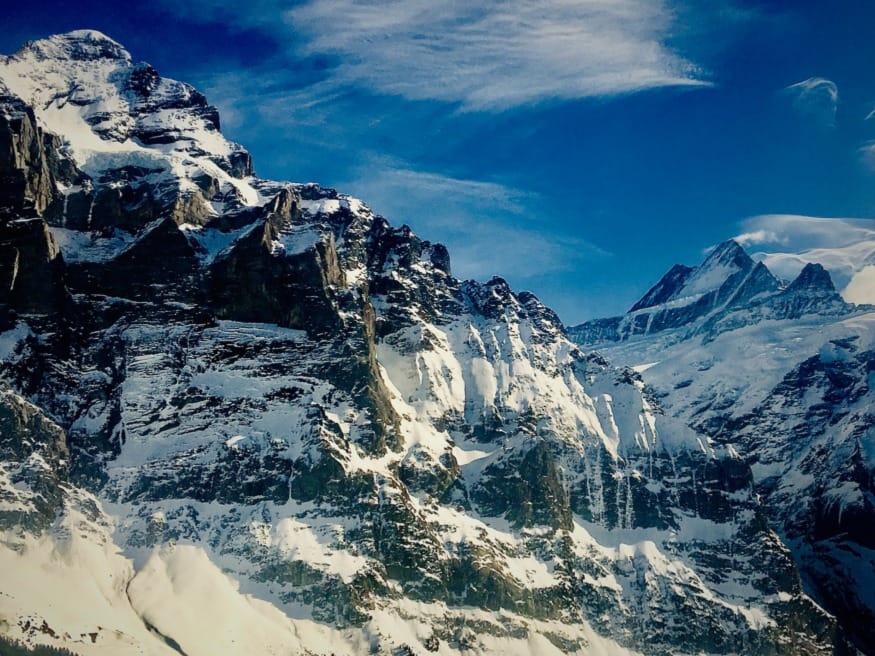ZURICH (AN) — Research from a Swiss-based global monitoring network found that due to global warming, the world's glaciers were melting five times as fast as they were in mid-20th century, especially in Central Europe, the Caucasus, much of North America and New Zealand.
Glaciers lost more than 9,000 billion tons of ice since 1961, raising water levels by 27 millimeters worldwide, said an international research team led by the University of Zurich that studied how glacial ice melt and melting ice sheets in Greenland and the Antarctic were causing sea levels to rise.







